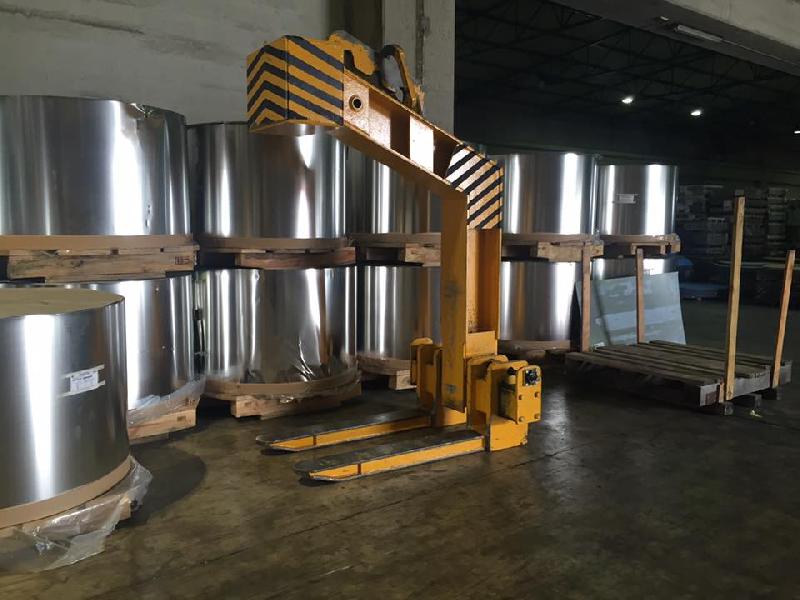
Stainless steel in coils
Stainless steel, INOX is a group of steels with special physicochemical properties. Corrosion-resistant from atmospheric factors (gas corrosion), dilute acids, alkaline solutions (corrosion in liquids).
Stainless steel is obtained by introducing appropriate alloying additives into the steel. In the case of chrome stainless steel, it is chrome. The American AISI standard specifies its minimum content at 11%.
For more details on our offer in the field of stainless steel supplies, please contact our sales department.
Basic groups of stainless steels
1. Martensitic steel
As a result of hardening in the production process, austenitic steel receives a martensitic structure. This type of steel has greater wear resistance and is harder. Martensitic steel is also tough and has magnetic properties. The weldability of this type of stainless steel is low. Martensitic steel is most often used in the chemical and petroleum industries and in the production of professional knives and blades.
2. Ferritic steel
The most important feature of this stainless steel is its magnetic strength and resistance to cracking. This type of steel is nickel-free and therefore cannot be used as widely as austenitic steels. Ferritic steel has lower thermal expansion and better thermal conductivity than austenitic steel.
3. Austenitic steel
It is characterized by high corrosion resistance and elongation capacity much higher than ferritic steels. Unlike martensitic steel, austenitic steel is not hardened in the production process. This type of stainless steel has a high cold hardening tendency and a high yield point when cold worked. It is also characterized by lower magnetic permeability. It is a non-magnetic steel.
4. Austenitic-ferritic steel
It is also called double steel or duplex stainless steel. This type of steel is most often used in the chemical, environmental and marine industries. This type of stainless steel is very resistant to erosion and abrasive wear. It is also extremely resistant to stretching while maintaining high strength.
Stainless steel - the advantages of using
- Anticorrosive and rustproof.
- High strength and durability of the material.
- Extremely low thermal expansion.
- High melting point and high temperature resistance.
- Possibility of seamless forming and joining elements.
- A wide selection of surface types and the versatility of available products and products.

